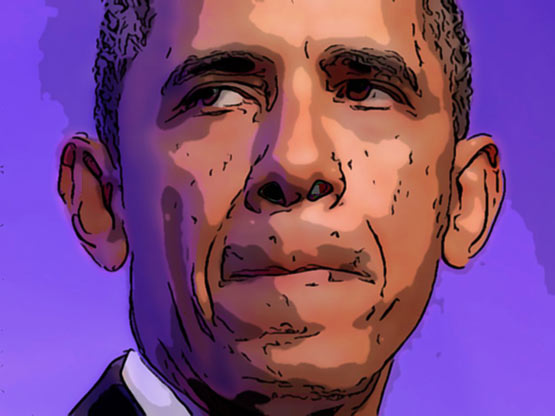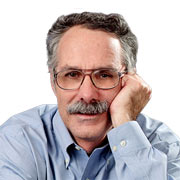
Amid all the new government programs and tax cuts that have been proposed by the various presidential candidates -- or will be as the campaign unfolds -- there lurks a nasty statistic that suggests how difficult they will be to achieve.
The statistic is 0.5 percent.
That's how much U.S. productivity increased in 2014, reports the Bureau of Labor Statistics. Greater productivity -- reflecting advances in technology, management and worker skills, among other things -- is the wellspring of higher incomes. Since the late 1940s, gains in labor productivity (measured as changes in output per hour worked) have averaged 2 percent annually. Last year's gain was a quarter of this average; even so, it was slightly better than in the previous three years.
Worse, most or all of these small increases will probably be siphoned off in government benefits for the expanding elderly population and in higher health costs. Other income improvements will result only from either (1) a rebound in productivity or (2) redistribution of income and wealth from one group to another. As a crude generalization, Republicans emphasize improving productivity and economic growth, while Democrats focus on redistributing from the rich to the middle class and poor.
The causes of the productivity collapse are unclear. Some economists say that productivity isn't measured properly -- Internet benefits are allegedly undercounted. Other economists contend that U.S. technology and innovation are lagging. Still others argue that weak business investment after the Great Recession explains lackluster growth.
To this list should be added another plausible candidate: the dead weight losses created by special interest groups, as explained by the late Mancur Olson (1932-1998).
Although an economist, Olson revolutionized thinking about the political power of interest groups. Until Olson, conventional wisdom held that large groups were more powerful than small groups in pursuing their self-interest -- say, a government subsidy, tax preference or a protective tariff. Bigness conveyed power.
Just the opposite, Olson said in his 1965 book "The Logic of Collective Action." With so many people in the large group, the benefits of collective action were often spread so thinly that no individual had much of an incentive to become politically active. The tendency was to "let George do it," but George had no incentive either. By contrast, the members of smaller groups often could see the benefits of their collective action directly. They were motivated to organize and to pursue their self-interest aggressively.
Here's an example: A company and its workers lobby for import protection, which saves jobs and raises prices and profits. But consumers -- who pay the higher prices -- don't create a counter-lobby, because it's too much trouble and the higher prices are diluted among many individual consumers. Gains are concentrated, losses dispersed.
This was Olson's great insight, and it had broad implications, he said. In a 1982 book, "The Rise and Decline of Nations," he argued that the proliferation of special-interest concessions could reduce a society's economic growth.
"An increase in the payoffs from lobbying ... as compared with the payoffs from production, means more resources are devoted to politics and cartel activity and fewer resources are devoted to production," he wrote. "This in turn influences [a society's] attitudes and culture."
The dilemma for democracies is clear. Voters expect governments to cater to their needs and wants -- and one person's special interest is another's way of life or moral crusade. But if governments cater too aggressively to interest groups, they may undermine (or have already done so) the gains in productivity and economic growth that voters also expect.
So this is another possible explanation for the productivity slowdown, which afflicts many advanced countries. These societies are riddled with programs and policies promoted by various interest groups that "can increase the income [of the groups' members] while reducing society's."
If he were alive today, Olson might well add that higher psychic income -- the feeling of "doing good" -- also motivates many interest groups.
Regardless, the productivity slump endures. Because there's no agreed-upon cause, there's no simple "fix" -- though there are many familiar proposals that might make a long-term difference (better schools, more research, higher infrastructure spending). But assuming it doesn't spontaneously revive -- which it could -- the productivity slowdown will haunt the next president.
It connotes scarcity: too little income growth to satisfy the mass craving for higher private and public spending. Even with a jobless rate of 5.1 percent -- getting close to "full employment" -- the Congressional Budget Office projects a 2015 federal deficit of $426 billion. That's one measure of overcommitment: Americans desire more government than they're willing to pay for in taxes.
During the Obama years, the White House and Congress sidestepped many unpopular choices. It's doubtful the next president will have the luxury of doing the same.
Comment by clicking here.


 Contact The Editor
Contact The Editor
 Articles By This Author
Articles By This Author
